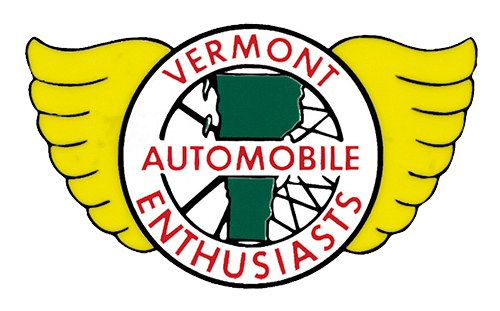Category: Featured Article
-
White Kress Fire Truck
Tom Mclays’ White Kress Fire Truck I first discovered the fire truck in 1974 in a shed in Washington, Vermont. It belonged to Frank Bushey, a school teacher from Bloomfield, […]
-
1928 Ford AA Dump Truck
“Don Adams’ Doodlebug” These are some possibilities that Don Adams would not have his Doodlebug parked in his garage today… That our Vermonter Calvin Coolidge had not left a nice […]
-
1928 Chrysler Model 72
This vehicle is an old movie car. Having been driven by Bob Hope, Jimmy Stewart, George Jessel, Vera Miles, Darren McGavin and a host of other movie stars, it was […]
-
Bringing a 1965 ROVER P5 from Scotland
A small group of us in the VAE fell in love with English cars in our youths. One car, that never sold in volume in this country, was the ROVER […]
-
1926 Buick
The St. Albans Fire Chief’s 26 Buick is found! If you remember, Wheel Tracks had a really nice story about a fire truck from St. Albans, VT that was turned […]
-
1917 Studebaker Tour Car Changes VAE Homes
From a home in the Great Northeast Kingdom To The Champlain Valley… January 20th, 2013 was a cold and windy day in Greensboro Bend. Hundreds of Snow Rollers were poked […]
-
1954 Chevy 210 “The Inliner”
In high school, my car was a 1950 2-door Ford painted black, and had dual exhaust. Two of my classmates had ‘49 Chevies with split exhausts (one of which was […]
-
1910 Sears Motor Buggy
Many VAE members have seen Bill Erskine’s Sears Motor Buggy. Some have even seen him arrive at a VAE meet with the crated motor buggy just like it arrive by […]
-
My 1963 Austin Mini
Following WWII, the British auto industry was under the mandate of “Export or Die”. As a result, the most popular imported cars in the States after the War were British. […]
-
Have Buick Will Travel
Vin Cassidy, the tale is told, purchased this 1915 Buick Tourer in Iowa last year (2011) but did not have the room to haul it back to his home-base in […]
